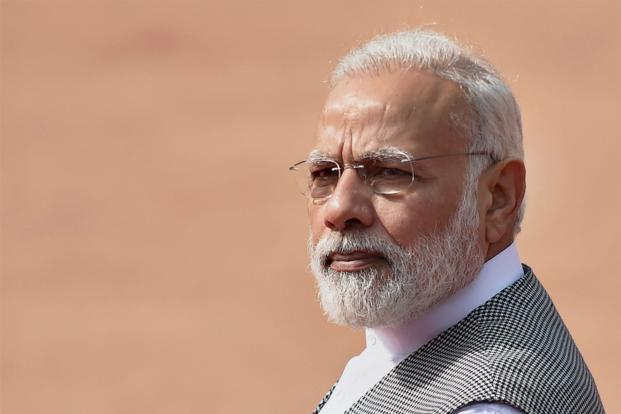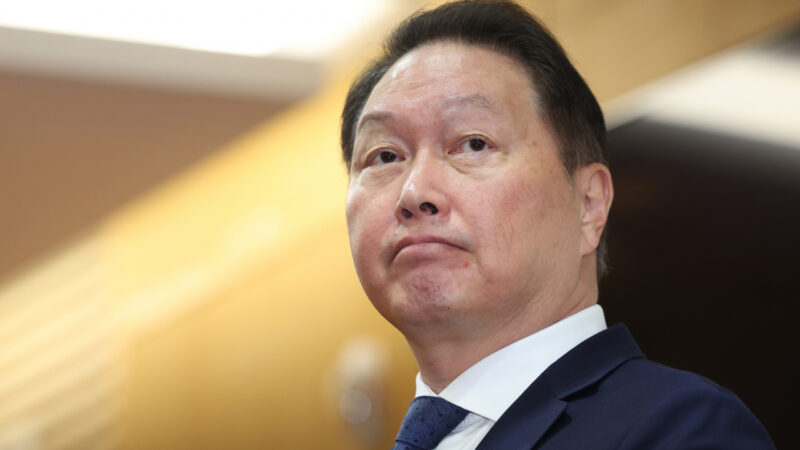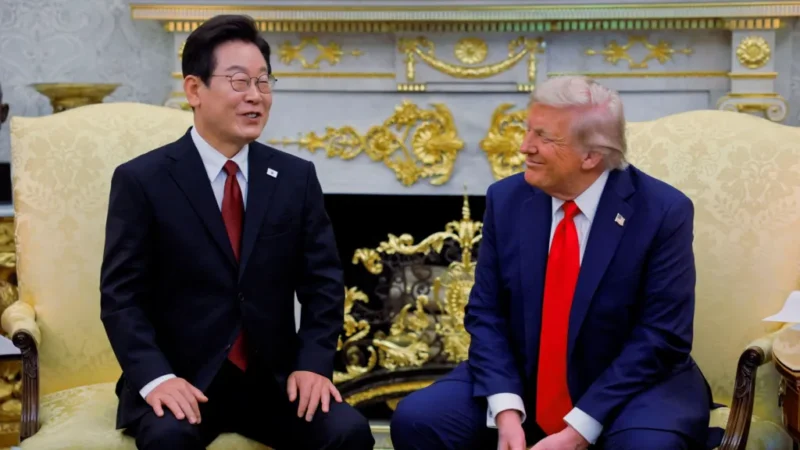Modi’s latest budget faces a crucial test amid India’s job crisis

On Tuesday, India’s Prime Minister Narendra Modi’s coalition government will unveil its inaugural federal budget following a narrow election triumph. With Mr. Modi’s authority diminished, as he now relies on coalition partners, significant shifts in spending policies are anticipated, all while maintaining fiscal prudence.
Analysts suggest the new administration may need to redirect its focus toward the predominantly rural majority, who have not reaped proportional benefits from the nation’s rapid economic growth. Rathin Roy, a former member of the prime minister’s Economic Advisory Council, emphasizes that this being Mr. Modi’s third term, there’s pressure to leave a lasting legacy, potentially prompting action to enhance economic prosperity for the masses.
During his tenure, Mr. Modi has invested heavily in state-funded infrastructure like bridges and highways, slashed taxes for large corporations, and introduced subsidies to stimulate export-oriented manufacturing. While India’s macroeconomic indicators have stabilized and stock markets surged, inequalities have widened, and rural distress persists.
The majority of Indians reside in the north and east, regions where per capita incomes are lower than in Nepal, and health indicators lag behind those of countries like Burkina Faso, according to Mr. Roy. A staggering nine in ten economists now view chronic unemployment as Modi 3.0’s primary challenge, reflecting widespread sentiment that economic growth has not been inclusive.
In the agrarian heartland of northern India, places like Muzaffarnagar in Uttar Pradesh underscore the stark contrast between urban prosperity and rural hardship. Sushil Pal, a farmer in Behra Asa village, laments diminishing incomes and rising costs, highlighting unfulfilled promises of agricultural reform and employment generation.
As Mr. Modi prepares his post-election budget, expectations lean towards a potential shift towards welfare initiatives, alongside sustained capital expenditures on infrastructure projects. Economists at Goldman Sachs predict a boost in welfare spending, enabled by an increased dividend transfer from the central bank, with a targeted focus on rural development and job creation.
Rajesh Saluja, CEO of ASK Private Wealth, believes poverty alleviation will feature prominently without jeopardizing fiscal discipline, given robust revenues and tax collections. However, economists caution against over-reliance on cash handouts, advocating instead for structural reforms aimed at sustainable development.
Looking ahead, the budget must outline a cohesive strategy to integrate millions into the workforce and enhance earning opportunities. Sunil Kumar Sinha, principal economist at India Ratings, stresses the importance of balancing policy measures to support both formal and informal sectors, crucial for employment generation.
To capitalize on domestic demand, particularly in labour-intensive sectors such as textiles and agri-food processing, Mr. Roy recommends incentivizing production through targeted policies. Economists at India’s largest bank, SBI, propose extending production-linked incentives to small enterprises, potentially revitalizing manufacturing geared towards mass consumption goods.
In conclusion, the upcoming budget represents a critical juncture for Mr. Modi’s government to address socio-economic disparities and bolster inclusive growth. The challenge lies in translating ambitious plans into tangible outcomes that benefit all segments of Indian society, from urban professionals to rural farmers striving for economic stability and social equity.






